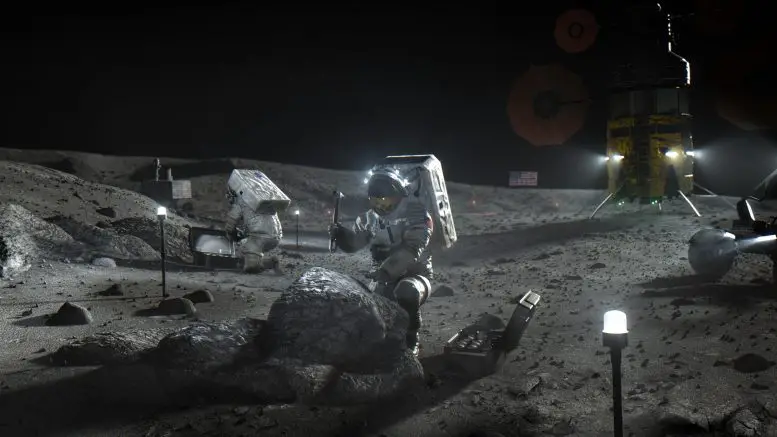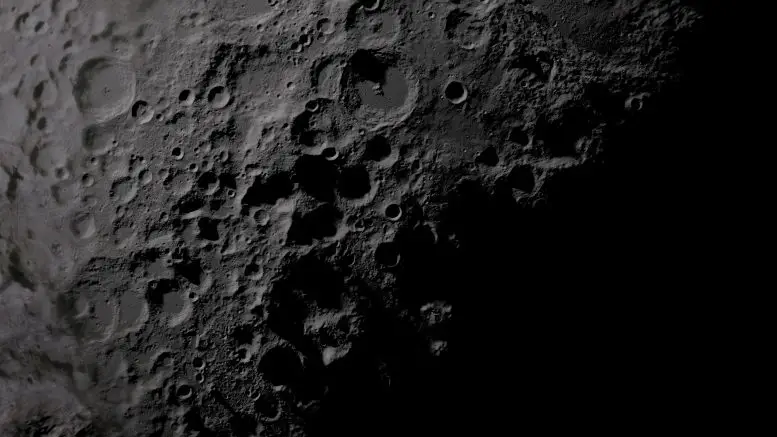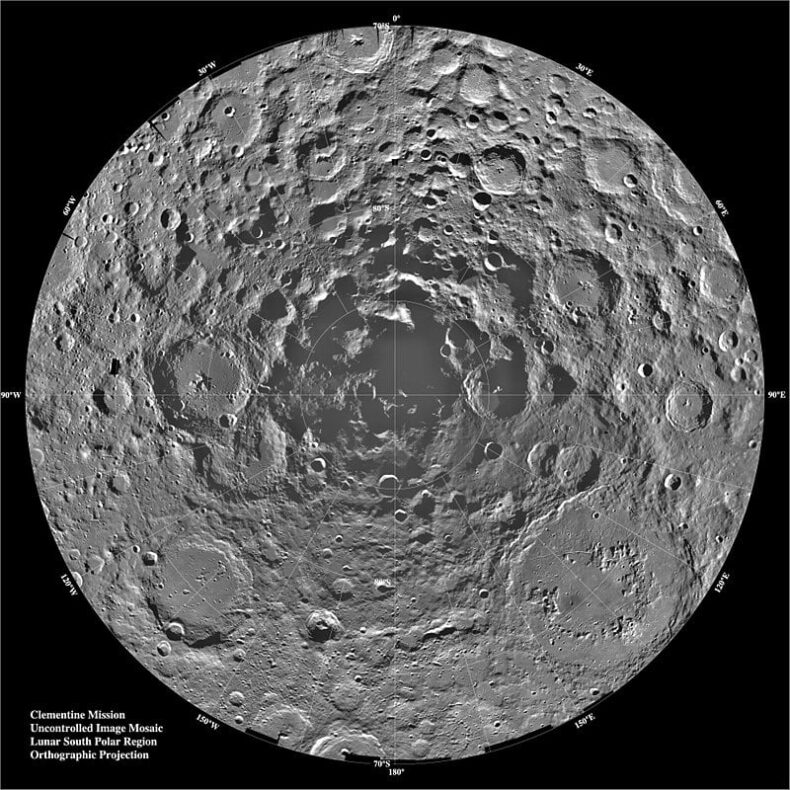NASA’s ARTEMIS’s exciting venture into the lunar south pole preparations continues through moonwalking and rover operation tests.

Source: © NASA)
As NASA readies itself for the ARTEMIS research phase for the surface of the Moon, two multi-week field test plans are set to be conducted near Flagstaff, Arizona with the active involvement of NASA astronauts, engineers and scientists. These tests are expected to provide crucial data and a practice arena for ARTEMIS astronauts. The test is also conducted as a lunar surface environmental simulation for ARTEMIS astronauts, as the ecosystem of the Arizona desert parallels actual lunar conditions, such as difficult terrains and limited communication structures, one of many limitations that the astronauts will face during the mission.
The JETT3, or Joint Extravehicular Activity and Human Surface Mobility Program Test Team Field Test #3, is the first in this range of missions. The test is expected to perform four simulated moonwalks for Artemis III, the first of the mission to land a manned spacecraft on the surface of the Moon, with the key goal of understanding the distinctive lighting conditions on the south pole lunar regions.
ARTEMIS also makes history, by landing the first woman and person of colour on the Moon, paving the way for new developments and milestones for NASA and for space research, and a stepping stone for future multi-level missions to other planets like Mars, and travelling deep into our cosmos.
JETT3 is considered to be the final of the 2022 JETT test series, to help understand and ensure successful tech growth and development for ARTEMIS III. In order to replicate the actual lighting conditions, the JETT3 test operations were conducted at night, using artificial light to create light and shadows. Drew Feustal and Zena Cardmen, the designated astronaut crew members for the mission, have completed four trials- walking a one-mile distanced circle with mock spacesuits that emulate actual, fully pressurized spacesuits and employed a variety of techniques and tools to collect samples. These simulated walks were led by NASA’s Johnson Space Centre in Houston, Texas, who inspected the walks and discussed the data collected at the conclusion of the daily tasks. NASA plans to use this data towards developing new technologies for the ARTEMIS missions.

Source: © NASA/ Goddard Space Flight Centre Scientific Visualization Studio
D-Rats (Desert Research and Technology Studies), another analogue mission set for October 2022, is set to practice operations for missions beyond ARTEMIS and will consist of tasks running from October 11-22, near SP Crater, Flagstaff, Arizona. The mission will focus on pressurized rover operations, a key element for ARTEMIS VII, set to launch in 2030. Pressurized rovers would allow astronauts safe housing for weeks at a time, with basic amenities like food, air, equipment and tools they would need to survive on their lunar mission.
Japan Aerospace Exploration Agency (JAXA) has also agreed to team up with D-RATS, by providing a pressurized rover for ARTEMIS. JAXA’s astronauts Akihiko Hoshide and Norishige Kanai, and expert Naofumi Ikeda is set to join NASA astronauts Jessica Meir and Stan Love and NASA engineer Sarah Shull, to operate and research the living conditions and operations of the rovers, to enhance existing and potential design concepts and future rover developments.












